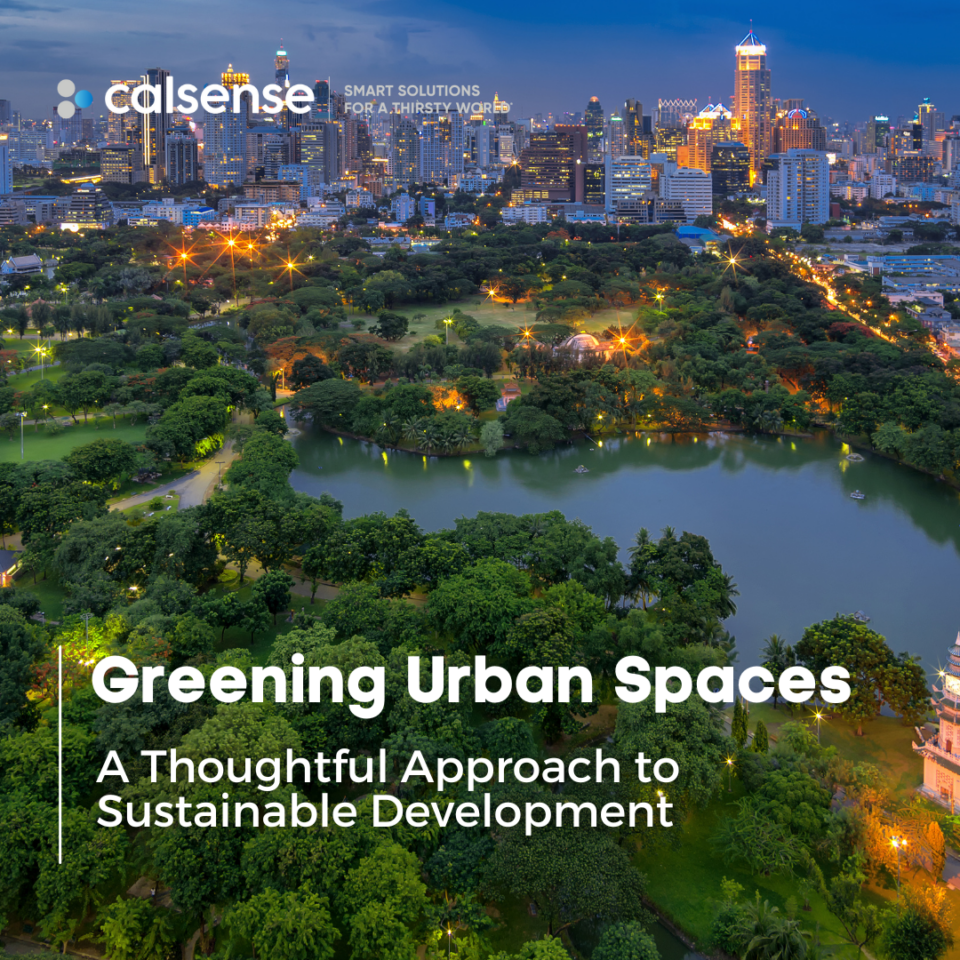Greening Urban Spaces: A Thoughtful Approach to Sustainable Development
April 18, 2024

In the busy landscapes of our cities, a shift is taking place—one that envisions concrete jungles transforming into vibrant, sustainable havens. We believe in the power of thoughtful urban planning and green infrastructure to drive sustainable development. Let’s explore the many benefits of greening urban spaces and the strategies that pave the way for a more sustainable and resilient future.
The Benefits of Greening Urban Spaces:
Urban greening goes beyond aesthetics; it’s a catalyst for environmental, social, and economic benefits. By integrating green infrastructure into urban landscapes, cities can:
- Improve air quality by reducing pollution and increasing oxygen production.
- Mitigate the heat island effect, creating cooler and more comfortable living environments.
- Foster biodiversity conservation, supporting native flora and fauna.
On a social level, urban greening:
- Enhances well-being and mental health by providing accessible green spaces for relaxation and recreation.
- Promotes community cohesion and interaction, creating vibrant and inclusive neighborhoods.
- Offers opportunities for cultural enrichment and outdoor activities, contributing to overall quality of life.
Economically, greening urban spaces:
- Increases property values and attractiveness for residents and businesses.
- Generates cost savings in energy and water management through efficient green infrastructure.
- Boosts tourism and local economies through green initiatives and attractions.
Challenges in Greening Urban Spaces:
Despite its many benefits, there are challenges of greening these areas such as limited space, maintenance considerations, and funding constraints. However, these challenges can be overcome through strategy and collaboration.
Strategies for Thoughtful Urban Greening:
- Incorporating green infrastructure into urban planning:
- Implementing green roofs, walls, and facades to maximize space efficiency.
- Designing urban parks, gardens, and greenways for public enjoyment and ecological balance.
- Integrating street trees, landscaping, and permeable surfaces for water management and biodiversity.
2. Engaging stakeholders and the community:
- Adopting participatory design processes to involve residents and stakeholders in decision-making.
- Educating the public about the benefits of urban greening and sustainable practices.
- Partnering with local businesses, non-profits, and educational institutions for collaborative green initiatives.
3. Implementing sustainable maintenance practices:
- Installing water-efficient irrigation systems and using recycled water for landscaping.
- Choosing native plant species and practicing biodiversity conservation for ecological resilience.
- Adopting integrated pest management techniques to minimize chemical inputs and promote natural balance.
Policy and Governance for Greening Urban Spaces:
Governments play a crucial role in promoting urban greening through:
- Enacting policies and regulations that incentivize green infrastructure and sustainable practices.
- Allocating funding and resources for green initiatives and public-private partnerships.
- Facilitating collaboration between stakeholders and supporting research and innovation in urban sustainability.
Future Trends and Opportunities:
As we look ahead, key trends and opportunities in greening urban spaces include:
- Harnessing emerging technologies like IoT and data analytics for smart and sustainable urban management.
- Implementing green strategies for climate resilience, such as stormwater management and urban forestry.
- Seizing opportunities for innovation and collaboration to address evolving urban challenges and create greener, healthier cities.
Greening urban spaces is not just a trend; it’s a necessity for building sustainable, livable cities. By adopting a thoughtful approach, leveraging technology, and engaging communities, we can create greener, healthier, and more resilient urban environments for generations to come. At Calsense, we’re committed to driving positive change and shaping a sustainable future—one green space at a time.
